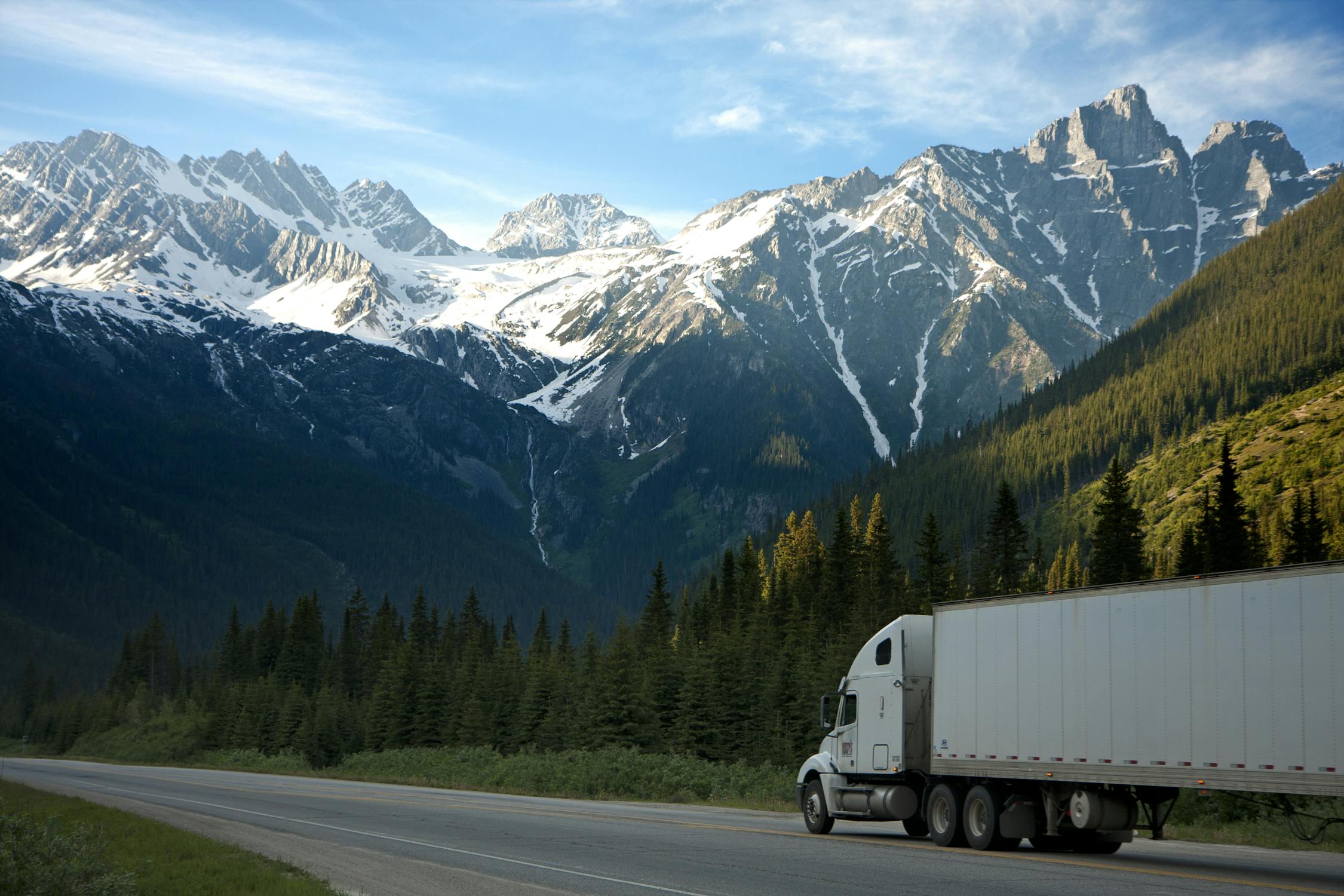
Have you ever thought about how trucking is a practical, solid business? Reinventing the wheel if you want to be your own boss is not the only way forward. Trucking businesses will always be needed, and it’s a dynamic biz where logistics and adventure meet. Running a trucking business might just be the thrilling career shake-up you need! But hold on — before you start dreaming of long hauls and big rigs, there’s a lot to consider. It’s not just about driving; it’s about managing people, schedules, and countless behind-the-scenes details. So, let’s figure out if you’ve got what it takes to steer your way to success in the trucking industry!
Would you believe that there are more than 500,000 trucking businesses in the United States? Yep, that’s right — half a million! These aren’t just big companies with fleets of shiny trucks; many are small, family-owned operations with just a handful of vehicles. Each one plays a crucial role in keeping our country moving. From delivering groceries to your local store to transporting the raw materials that build our cities, trucking businesses are the behind-the-scenes heroes of the American economy. Think about the last time you bought something online. Chances are, a trucker helped get that package to your doorstep.
Just because trucking businesses are prevalent in the United States, doesn’t mean there isn’t space for a few more. You could start small and buy a truck or two, and grab a contract with a handful of businesses. Or you could go all in and buy a fleet. But do you have what it takes to run a trucking business? Here’s a little more about what’s involved.
Funding Your Trucking Business
Alright, let’s talk dollars and cents. Starting a trucking business isn’t cheap, but don’t let that deter you! You might be wondering, “How much money do I need to get my wheels on the road?” Well, that depends on whether you’re aiming for a solo operation or planning to build a small fleet. For a single truck, you’re looking at anywhere from $50,000 to $100,000. This includes a good, reliable truck, insurance, permits, and initial operating expenses. If you’re dreaming bigger, building a fleet can easily climb into the six or seven-figure range.
Now, don’t start hyperventilating just yet – there are plenty of ways to get the funds rolling. You’ve got traditional bank loans, which can be a great start if you’ve got a solid credit score. Some banks even offer loans specifically for commercial vehicles. If that’s not your speed, check out Small Business Administration (SBA) loans; they can provide some pretty awesome terms and lower interest rates. There are also some specialist trucking finance companies out there who know the ins and outs of this line of work. And hey, if you’re feeling a bit daring, there’s always the option of seeking private investors or going for crowdfunding. Yeah, really – platforms like Kickstarter can sometimes help turn your trucking dreams into a reality with the power of community support.
Navigating the Legal Maze
Alright, money matters sorted? Let’s move on to the paperwork – not the most thrilling part, but totally necessary. Starting a trucking business means wading through a sea of regulations, permits, and licenses. But don’t worry, it’s more than doable if you break it down step-by-step.
First up, you’ll need to get your commercial driver’s license (CDL) if you don’t have one yet. This is your golden ticket to the big leagues. Next, look into getting your USDOT number from the Federal Motor Carrier Safety Administration (FMCSA). Think of this as your trucking business’s official ID – it keeps everything legit and above board.
And hey, don’t forget about insurance. You’ll need to get the right coverage to protect your trucks, cargo, and most importantly, your team. Liability insurance is non-negotiable, but consider adding cargo insurance to cover any potential losses.
Then there’s the International Registration Plan (IRP) and the International Fuel Tax Agreement (IFTA). Sounds fancy, right? It’s just a way to ensure you’re paying the right taxes and fees for the miles your trucks cover across state lines.
Bringing in Business
So let’s talk about snagging those all-important clients. Winning contracts and bringing in business is where the magic happens. After all, those trucks aren’t going to drive themselves to success just sitting in your yard!
First, get the word out! Use the power of marketing to make a splash. Start simple: make sure your trucks are branded with a sleek design that screams professionalism. Think of them as moving billboards. Next, whip up a compelling website that tells your story — why did you get into trucking, and what makes your service the best around? Share your journey and connect with potential customers on social media platforms. Platforms like LinkedIn can be goldmines for networking with potential clients.
Attend industry events and trade shows. These are prime spots to rub shoulders with big players in the industry. Don’t be shy — drum up conversations, hand out business cards, and follow up with new contacts. Your enthusiasm and genuine interest can make a lasting impression.
Offering stellar service is your best marketing tool. Word of mouth is incredibly powerful in the trucking world. Happy customers will spread the news about your reliability, punctuality, and how you went the extra mile (literally and figuratively). Never underestimate a glowing testimonial or positive review. Don’t just meet expectations, exceed them. Delivering excellence will set you apart in a crowded market.
Remember, every giant enterprise started small. Embrace each win, no matter how tiny, and keep your eyes on the prize. Are you ready to make your mark and drive your trucking business to new heights? Here’s to hitting the road running and bringing your vision of open-road freedom to life.